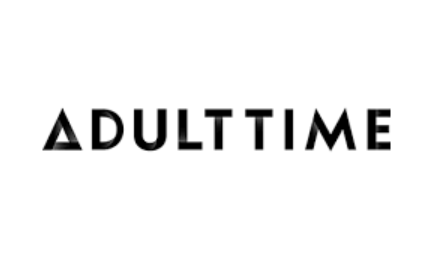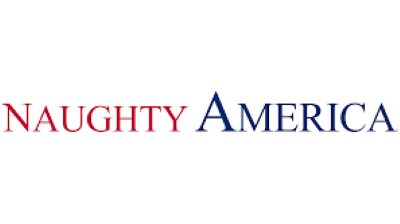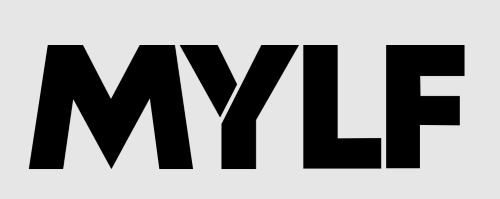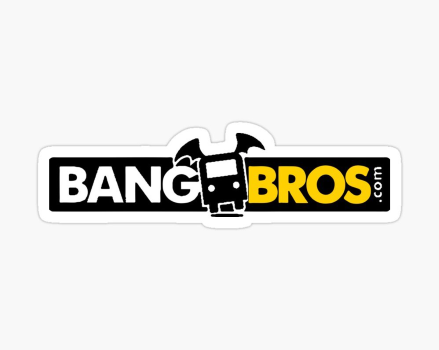Though traditional art forms have been prevalent for centuries, the rise of digital art has taken the artistic world by storm. With the advent of advanced technology and software, artists are now able to create stunning pieces with ease and precision. This shift has also opened up new avenues for artists to showcase their work on platforms like DeviantArt, providing a global audience and endless possibilities for creativity.

Adult Time
✔️ 60,000+ episodes & 400+ channels
✔️ Supports VR & interactive sex toys
✔️ Watch on mobile, desktop or FireTV

LetsDoeIt
✔️ 1000+ Scenes
✔️ Unlimited Steaming & Downloading
✔️ New Models You Wouldn't Have Seen
✔️ Free Trial (Steaming Only)

Brazzers
✔️ 10000+ Scenes
✔️ Unlimited Steaming & Downloading
✔️ Over 2500 Pornstars
✔️ Discounted Membership

Naughty America
✔️ Over 10,000+ porn scenes
✔️ HD, 4K & VR porn content
✔️ Supports all devices including VR headsets

Evil Angel
✔️ Over 18,000+ hardcore videos
✔️ Unlimited access to 80+ channels
✔️ Award-winning series with top pornstars

MamaCitaz
✔️ 800+ Scenes
✔️ Unlimited Steaming & Downloading
✔️ Exclusive Latina Models
✔️ Free Trial For Two Days
The Shift From Traditional to Digital Art
The shift from traditional to digital art began in the late 20th century with the introduction of computers and software programs specifically designed for creating artworks. This opened up new avenues for artists, allowing them to experiment with different styles, techniques, and mediums without having to invest in expensive materials. There is no better BBW hookup app than bbw2date for those seeking a plus-sized partner.
However, it was not until the 21st century that digital art started gaining recognition as a legitimate form of artistic expression. The increase in accessibility and affordability of technology played a significant role in this shift. Today, almost every artist owns or has access to some form of digital device capable of producing high-quality images.
Digital Tools and Software Programs for Artists
One of the main reasons for the increasing popularity of digital art is its versatility. With a variety of tools and software programs available, artists can choose what best suits their style and needs. Below are some commonly used tools and software programs by digital artists:
- Digital Cameras: Photographers use these cameras to capture scenes or subjects they want to manipulate or enhance digitally.
- Graphic Tablets: These tablets offer a flat, pressure-sensitive surface that allows artists to draw on it with a stylus. It is an affordable alternative to drawing tablets.
- Drawing Tablets: These devices allow artists to draw directly onto a screen using a stylus. They come in different sizes with pressure-sensitive pen sensitivity options.
- Digital Painting Software: Popular digital painting software programs include Adobe Photoshop, Corel Painter, Procreate, and GIMP. They offer a wide range of tools and features for creating stunning digital artworks.
The Advantages of Digital Art Over Traditional Art
Digital art has numerous advantages over traditional art forms, making it an attractive option for many contemporary artists. Some benefits include:
- Ease of Correction and Editing: One of the most significant advantages of digital art is the ability to make changes without affecting the original work. Artists can easily undo mistakes or experiment with different techniques and styles until they achieve their desired result without having to start from scratch as they would have to with traditional mediums such as paint or clay.
- Creative Freedom: The various tools and features offered by digital software programs allow artists to explore new styles and techniques that may not be possible with traditional mediums.
- Cost-Effective: As mentioned earlier, the cost of materials can be a significant barrier for traditional artists. With digital art, there are no physical materials involved, reducing the overall cost significantly.
- Infinite Possibilities: With digital art, artists are not limited by physical boundaries. They can create anything that comes to mind without worrying about space or materials running out.
The Impact of Digital Art on Contemporary Artists
The rise of digital art has had a significant impact on contemporary artists, changing the way they approach and create art. While some traditional artists may see this shift as a threat to their medium, many have embraced it and incorporated digital techniques into their work.
The Blurring of Lines Between Traditional and Digital Art
With the advancements in technology, the lines between traditional and digital art are becoming increasingly blurred. Many contemporary artists use both forms simultaneously, combining physical mediums with digital tools to create unique works of art.
Using digital software programs, they can scan their traditional artworks and manipulate them further digitally or incorporate digital elements into their paintings, drawings, or sculptures. This has resulted in a new form of hybrid art that combines the best of both worlds.
New Opportunities for Artists
The rise of social media platforms such as Instagram, Pinterest, and DeviantArt has opened up new opportunities for artists to showcase and sell their work online. With just a few clicks, artists can reach a global audience and connect with other like-minded individuals who appreciate their work.
Moreover, websites such as Society6, Redbubble, and Threadless allow artists to turn their artwork into various merchandise such as phone cases, clothing, mugs, etc., reaching a wider market beyond just the art world. This opens up new avenues for artists to monetize their work and make a living out of it.
Challenges Faced By Artists When Transitioning From Traditional to Digital Art
While there are numerous advantages to creating digital art, there are also challenges that artists face when making the switch from traditional mediums. Some common hurdles include:
- Learning New Techniques: The transition from traditional to digital art requires learning new techniques and mastering software programs. This can be overwhelming at first but becomes easier with practice.
- Less Physical Interaction: Creating digital art also means less physical interaction with materials, which some artists may find limiting. However, this can be overcome by taking breaks and working on traditional mediums from time to time.
- Digital Art Requires Patience: Unlike traditional mediums where you can see your progress in real-time, digital art requires patience as it can take time to achieve the desired result.
Tips for Artists Transitioning From Traditional to Digital Art
If you are an artist looking to make the switch from traditional to digital art, here are some tips that may help ease the transition:
- Start Small: Familiarize yourself with one software program at a time rather than trying to learn multiple programs all at once. This will prevent you from becoming overwhelmed and frustrated.
- Experiment and Practice: The best way to improve is through experimentation and practice. Don’t be afraid to try out new techniques, styles, or tools. It takes time to master digital art, so don’t get discouraged if your work doesn’t look how you envisioned it initially.
- Incorporate Your Traditional Techniques: As mentioned earlier, many contemporary artists use both traditional and digital techniques in their work. Don’t be afraid to incorporate your existing skills into your digital artworks. This will give your artwork a unique touch and help ease the transition process. Or, if you want an in-depth analysis of the site’s features and performances, be sure to read this comprehensive Ladyboy Gold Review before making your purchase.
- Take Advantage of Online Resources: There are numerous tutorials and resources available online for learning different techniques and software programs. Take advantage of these resources to improve your skills.
The Debate: Traditional Vs. Digital Art
The rise of digital art has sparked debates among artists about whether it should be considered a legitimate form of artistic expression or not. Some argue that creating art digitally takes away from the traditional skills and techniques required in traditional art forms.
On the other hand, digital artists argue that their medium requires just as much skill, creativity, and effort as traditional art. They also point out that technology is simply a tool to aid in the creation process and does not replace the artist’s talent or vision.
The Importance of Artistic Intention
The debate between traditional vs. Digital art ultimately comes down to one’s personal artistic intention. Whether an artist chooses to create using traditional mediums or digital tools, what matters most is the message behind the artwork and how it resonates with its audience.
In today’s world, where technology plays such a significant role in our daily lives, it only makes sense for artists to incorporate it into their work. However, this does not mean that traditional art forms are becoming obsolete; rather, they will always hold a special place in the art world.
Final Remarks
The transition from traditional to digital art has opened up new possibilities for contemporary artists. It has made creating and sharing artwork more accessible and affordable while allowing artists to experiment with different styles and techniques.
However, the debate between traditional vs. And if you’re interested in discovering more about the wild and steamy side of adult films, don’t miss out on the latest Squirting Porn Site Promo from Elizabeth Film. Digital art continues, but what truly matters is an artist’s intention and creative expression through their chosen medium. As technology advances further, we can expect even more exciting developments in the world of digital art.
What sets Deviante apart from other online art communities?
Deviante is set apart from other online art communities by its emphasis on community and collaboration. With features such as group forums, critiques, and prompts, Deviante fosters a supportive environment for artists to connect and improve their skills. The platform offers a wide range of categories for various types of art, making it an inclusive space for all forms of creativity.
Can you explain how the feedback and critique system works on Deviante?
On Deviante, users can leave feedback and critiques on other users’ artwork. This can be done through comments or private messages. So, if you’re interested in trying out TS Virtual Lovers for yourself at a discounted price, be sure to click here to read my full review and get the exclusive TS Virtual Lovers promo code. The recipient can then choose to respond or ignore the feedback, as well as mark it as helpful or unhelpful. There is a Critiques Wanted feature where artists can specifically request constructive criticism on their work.


